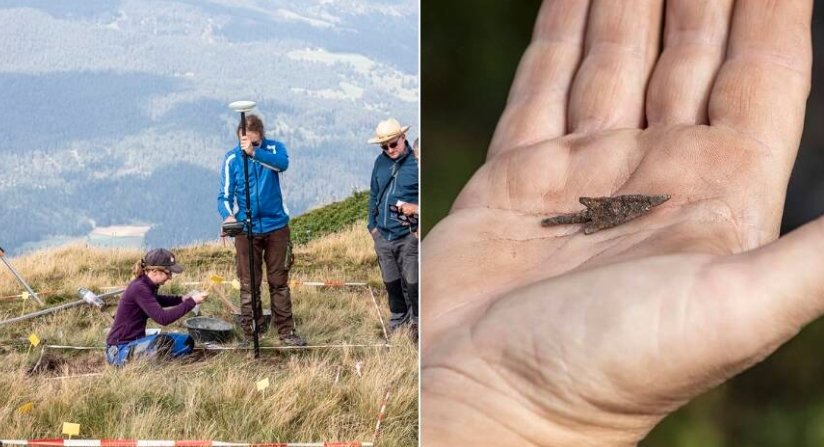In a groundbreaking archaeological find, researchers have unearthed the remains of an ancient Roman military camp high in the Swiss Alps. Located at Colm la Runga, this camp dates back over 2,000 years and offers new insights into Roman military strategy and their presence in the region. The discovery was made by a volunteer using LiDAR technology, revealing man-made structures buried beneath the surface. This significant find sheds light on the Roman conquest of the Alps and their efforts to control key mountain passes.
The Remarkable Find
The discovery of the Roman military camp at Colm la Runga was nothing short of extraordinary. A volunteer, equipped with LiDAR technology, detected unusual terrain structures at the peak of the mountain. These structures, hidden beneath the surface, were identified as the remains of a fortified Roman camp. The camp, located over 7,200 feet above sea level, provided a strategic vantage point for the Roman military to monitor and control the surrounding valleys.

The camp’s fortifications included three ditches and a rampart, indicating its importance in the Roman military strategy. The site also yielded various artifacts, such as sling bullets and shoe nails, which further confirmed its use as a military camp. The discovery has provided archaeologists with valuable information about the Roman presence in the region and their efforts to secure the Alps.
Insights into Roman Military Strategy
The Roman military camp at Colm la Runga offers new insights into the strategies employed by the Roman legions during their conquest of the Alps. The camp’s location, high in the mountains, allowed the Romans to control key mountain passes and monitor the movements of local tribes. This strategic positioning was crucial for maintaining control over the region and ensuring the security of northern Italy.
The artifacts found at the site, including weapons and military equipment, suggest that the camp was used by Roman soldiers during their campaign against the local Suanetes tribe. The presence of sling bullets bearing the stamp of the 3rd Legion indicates that this camp was part of a larger military operation involving multiple legions. This discovery helps historians trace the movements of Roman forces through the Alps and understand their military tactics.
Future Research and Preservation
The discovery of the Roman military camp at Colm la Runga has opened up new avenues for research and preservation. Archaeologists from the University of Basel and the Archaeological Service of Graubünden are conducting further excavations to uncover more details about the camp and its significance. The artifacts found at the site will be analyzed to gain a deeper understanding of the Roman military presence in the region.
The camp’s remains will be preserved and studied to provide valuable insights into Roman military history. The findings will be shared with the public through exhibitions and educational programs, allowing people to learn more about this fascinating period in history. The discovery at Colm la Runga is a testament to the importance of archaeological research and the rich history that lies beneath the surface.













